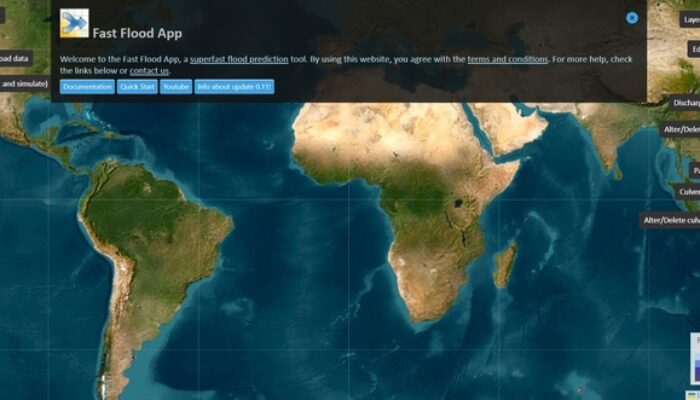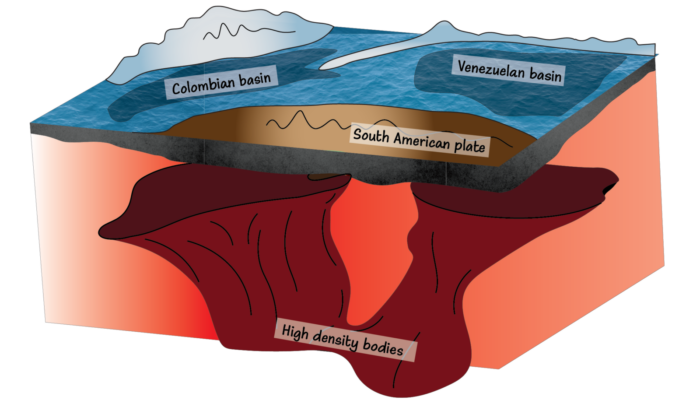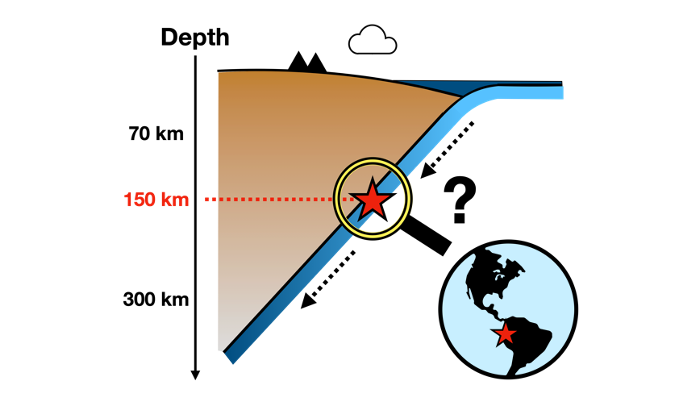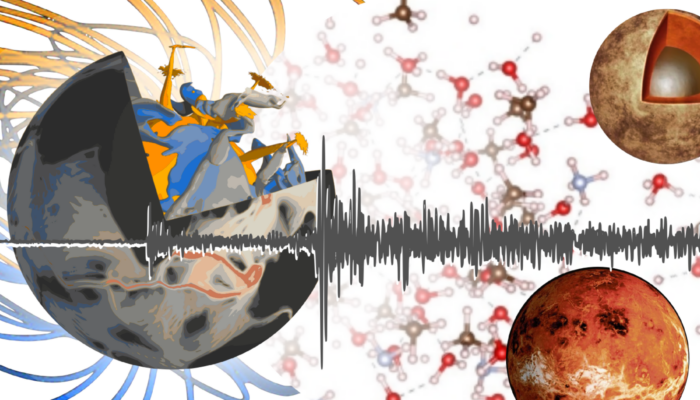The impact of climate change has already and will continue to cause frequent flooding episodes all over the world, with devastating consequences not only for our society but for our natural habitat as well, should we not take immediate action. Therefore, have you ever wondered, what would happen if there was an effective flood modelling system that could quickly run simulations from global dataset ...[Read More]
Can we predict floods accurately, fast and everywhere?




